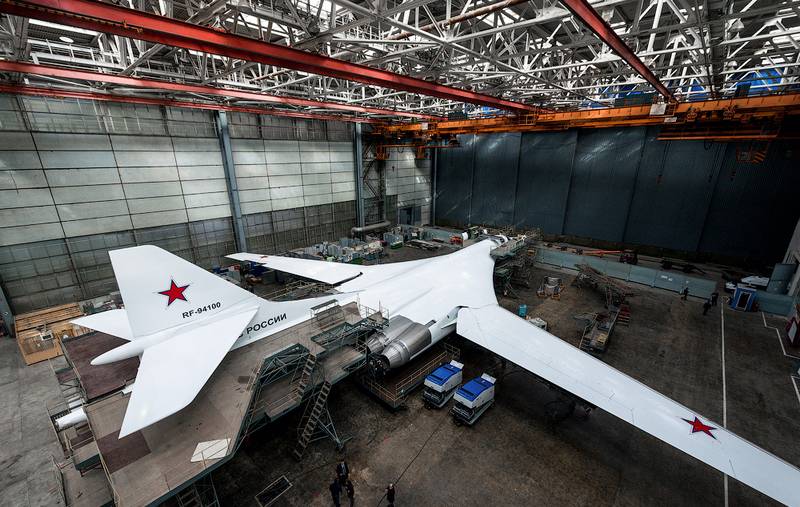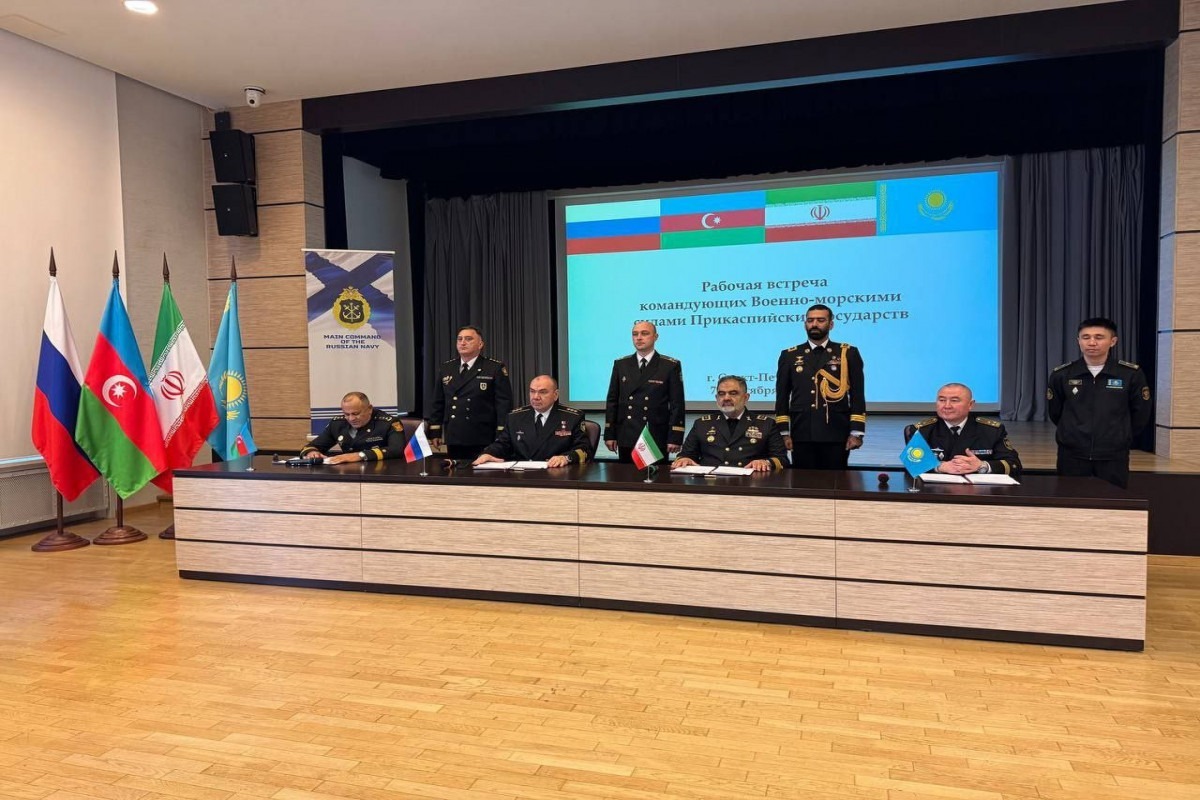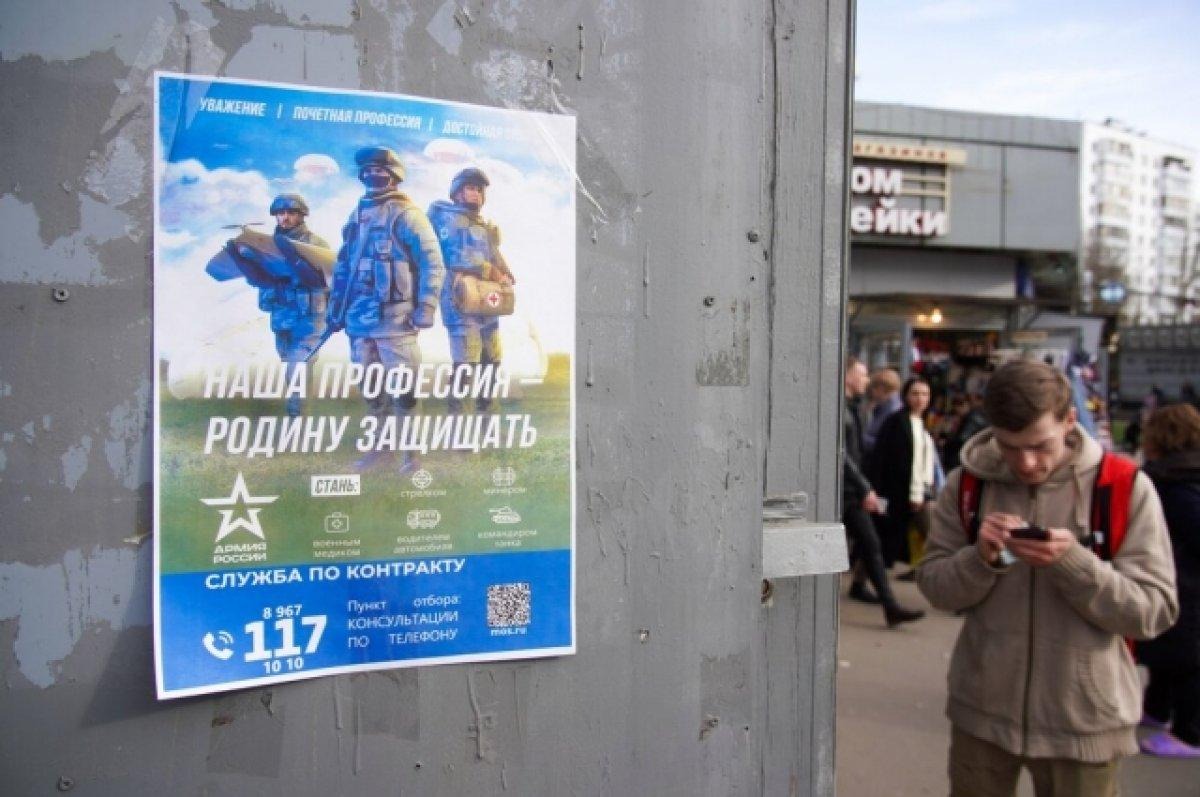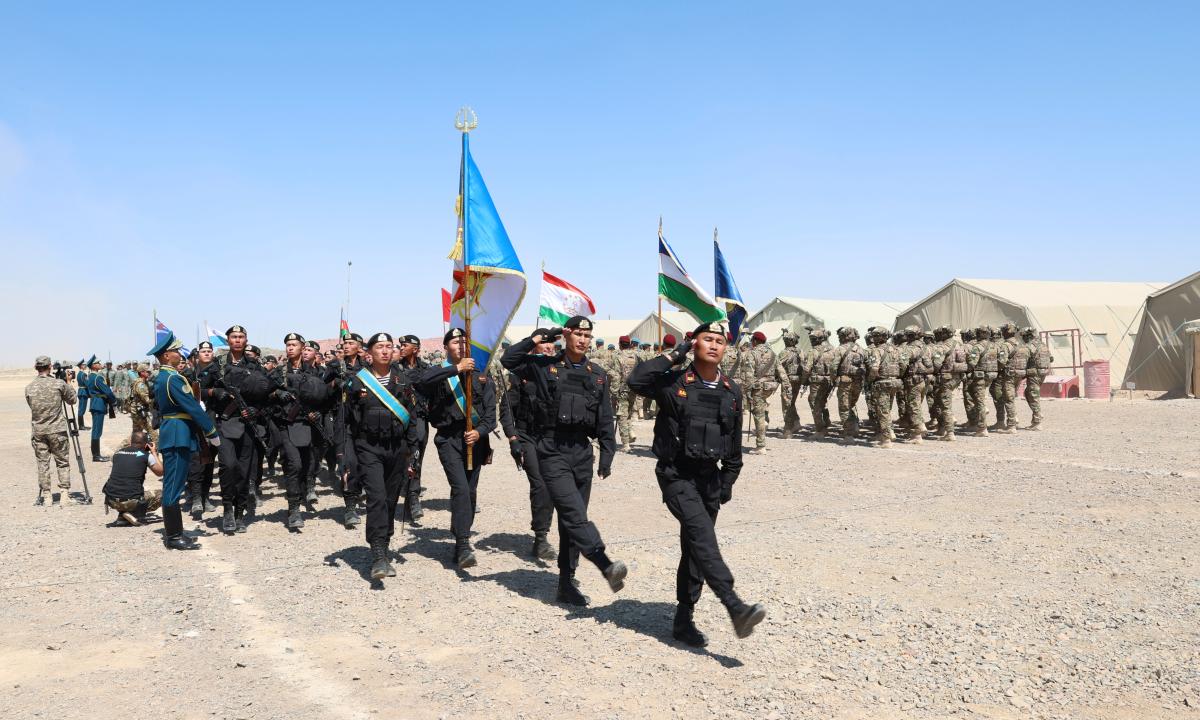
Year 2020 in Review: Results of Russia’s Nuclear Weapons Modernization
Year 2020 in Review: Results of Russia’s Nuclear Weapons Modernization
Russia continues to press ahead with its nuclear weapons modernization program; however, domestic production difficulties and the coronavirus pandemic hindered the development of its latest strategic systems during the course of the last year.
In 2020, the Strategic Missile Forces (Raketnye Voyska Strategicheskogo Naznacheniya—RVSN) were ordered to deploy for combat duty 20 launchers armed with Yars intercontinental ballistic missiles (ICBM) as well as 2 UR-100N UTTH launchers with the Avangard hypersonic glide vehicle (RIA Novosti, December 24, 2019 and October 13, 2020). These tasks were completed. Two regiments of the RVSN’s Barnaul Missile Division were re-equipped with mobile-based Yars ICBMs, while a missile regiment of the Kozelsk division was filled out by equipping it with a separate variant of this ICBM complex (Izvestia, December 21, 2020). The Dombarovsky Division, meanwhile, received two missiles with the Avangard hypersonic glide vehicle (Izvestia, December 22, 2020). Yet besides these modest accomplishments, Russia’s nuclear arms modernization efforts during the past 12 months saw wide-ranging delays affecting its flagship projects.
Last year was supposed to see the first flight design tests of Russia’s newest intercontinental ballistic missile, the RS-28 Sarmat. But those never occurred. The initial stage of testing is to involve two launches of a missile with a mass-dimensional dummy warhead, from the silo at the Plesetsk cosmodrome to the Kura test range in Kamchatka. Ultimately, Russia plans to conduct at least five test launches in total before starting operational production. The phase one tests launches were originally scheduled for the beginning of 2019 (RIA Novosti, December 17, 2018). However, in July 2019, those flight tests were postponed to the end of 2020 (Interfax, July 6, 2019).
In May 2020, Deputy Prime Minister Yuri Borisov said that preparations for the Sarmat’s flight tests had not been interrupted by the COVID-19 pandemic (RIA Novosti, May 21, 2020). And in August, the head of Roscosmos, Dmitry Rogozin, reiterated those claims (Interfax, August 24, 2020). At least two tests of the missile were to be carried out before the end of the year (Vedomosti, October 29, 2019). But in the end, there was not even one such test, having again been deferred until the following year. Moreover, in December, authorities noted that the Sarmat missiles would not begin entering service in 2020, as had heretofore been the plan; instead, the ICBM would only start to appear in 2022 (Radio Sputnik, December 16, 2020).
Intercontinental ballistic missile test launches, by their nature, are quite difficult and expensive to organize. On December 30, Deputy Defense Minister Alexey Krivoruchko said that flight tests of the Sarmat will begin in the near future (Rossiyskaya Gazeta, December 30, 2020). However, to complete the trials, Russia will first need to upgrade the testing site. Indeed, Minister of Defense Sergei Shoigu recently admitted that a test range for flight trials of the Sarmat missile system has yet to be built; but plans call for completion of such a launch site, near the village of Severo-Yeniseysky, in Krasnoyarsk region, sometime during 2011 (TVZvezda, December 21, 2020).
Drastic delays and planning setbacks affected other strategic platforms as well. In 2020, Russia’s Long-Range Aviation (Aviatsiya Dalnego Deystviya—ADD) was to receive six upgraded Tu-95MS strategic missile carrier planes. However, at the end of the year, the Ministry of Defense received only five aircraft (Mil.ru, December 2020). In this case, the problem was related to unsatisfactory management and mounting debts of the production plant (Bloknot-taganrog.ru, November 12, 2020).
Similarly, at the end of 2020, the Tupolev Company was supposed to transfer two new Tu-160M strategic bombers to the Ministry of Defense for state testing (Interfax, August 26, 2019). This did not happen because of the pandemic. First, the Tu-160M test pilots and support crews could not make it to the Kazan Aviation Plant for a long time, thus forcing delays to flight test schedules. Second, representatives of the suppliers of the new aircraft systems were also barred from accessing the production facilities for an extended period. Third, coronavirus-related shutdowns prevented specialists on the implementation of new technological equipment from entering the Kazan plant, creating even more delays to development of the latest Tu-160M model (Business Gazeta, May 8, 2020). Throughout all of 2020, the Ministry of Defense received only two upgraded, but still Soviet-built, Tu-160s (TASS, April 23, 2020). The aircraft received more advanced inertial navigation and engine-control systems as well as weapons devices driven by modern digital technologies.
Finally, COVID-19 derailed development plans for naval nuclear weapons (see EDM, December 2, 2020). In April 2020, sea and state trials of the K-329 Belgorod submarine were to begin; and the vessel was supposed to be transferred to the Military-Maritime Fleet (Voyenno-Мorskoi Flot—VMF) by the end of the year (TASS, June 26, 2019). The Belgorod is to carry the Poseidon (a.k.a. Status-6) autonomous nuclear-tipped super-torpedo. Yet as a result of the pandemic-related delays, the defense ministry only announced on July 27 that tests were being conducted (Sudostroenie.info, July 27, 2020). And an unnamed source within the Russian military-industrial complex said last May that the tests of the Belgorod would continue for another year and a half (RIA Novosti, May 26, 2020). At the same time, the first test-launch of the Poseidon was supposed to take place in the fall of 2020 (Flotprom.ru, May 26, 2020). That trial has still not been completed. Another vessel designed to carry and launch the Poseidon nuclear super-torpedo—the first submarine of the new Khabarovsk-class, which was supposed to be launched in the spring of 2020 (Rossiyskaya Gazeta, May 14, 2019)—also failed to materialize.
The Borei-A-class submarine Knyaz Oleg was ultimately not transferred in 2020 either, despite the defense ministry’s previous expectations that this could be accomplished (Kremlin.ru, December 24, 2019). In addition to mooring as well as factory and state trials of all of the submarine’s structures and mechanisms, it will still be necessary to conduct a test launch of the Bulava missile from this vessel. This means that it is far from certain that the SevMash company will be able to transfer the Knyaz Oleg to the navy even before the end of 2021.
Management and technical issues, compounded by last year’s coronavirus restrictions and accompanying delays, had relatively little impact on the overall growth of advanced weapons in the nuclear triad. According to previous planning, the share of advanced weapons in the nuclear triad was supposed to increase from 82 to 87 percent by the end of 2020 (RIA Novosti, March 25, 2020), and according to official data, that share reached 86 percent by last December. On the other hand, the coronavirus had a much greater negative effect on the testing of weapons under development. Because of this, the impact of the pandemic will be quite long lasting. Already, the Ministry of Defense’s planning has become more modest: by the end of 2021, it projects a further increase in the share of the latest nuclear weapons by only 2 percent (Kremlin, December 21, 2020).


